Consider seawater desalination from the perspective of reverse osmosis membrane technology
Seawater desalination, also known as seawater desalination, is an open-source incremental technology that realizes the utilization of water resources. It can increase the total amount of fresh water, is not affected by time and space climate, the water quality is good and the price is gradually becoming more reasonable, which can ensure stable water supply such as drinking water for coastal residents and industrial boiler water supply. Generally speaking, seawater desalination technology is mainly divided into thermal method and membrane method. The separation method can be divided into the separation of fresh water from seawater and the removal of salt in seawater. Although the current desalination methods are various, distillation and reverse osmosis are the ones that are really widely used.
Distillation is based on phase change separation, where brine becomes steam, which condenses and then becomes fresh water. Because the latent heat of vaporization of water is relatively large, the energy consumption is larger than that of the reverse osmosis method without a phase change process. The reverse osmosis method has the defects of slightly lower purity of the produced water and severe pretreatment. Nevertheless, the advantages of low energy consumption and easy construction of reverse osmosis are very significant, and its market share of installed capacity has exceeded 50%. Therefore, in the following discussion, we will focus on the application of membrane reverse osmosis technology in seawater desalination.
1. Reverse osmosis desalination mechanism
Reverse osmosis (R.O.-Reverse Osmosis) is a desalination process that forces seawater through a semi-permeable membrane, driven by a pressure differential. Reverse osmosis (R.O.) membranes are very dense, with extremely small pore sizes, about the size of water molecules, and their function is to allow only pure water to pass through and reject salt ions. The reverse osmosis (R.O.) process requires the seawater at ambient temperature to be pressurized, and the water molecules need to be under high pressure (5.0-7.0MPa) to pass through the reverse osmosis membrane. In the case of no phase change, the membrane surface excludes the salt in the water. The reverse osmosis membrane is made of semi-permeable polymer material, and there are two types of flat membrane and hollow fiber membrane.
2. Reverse osmosis desalination pretreatment
Ultrafiltration (UF-Ultra Filtration) as a pretreatment process for seawater desalination, the process is simple, easy to operate, and can provide stable influent for reverse osmosis (RO); in addition, ultrafiltration can completely avoid reverse osmosis clogging and significantly prolong reverse osmosis membrane It has received extensive attention because of its chemical cleaning cycle, reducing membrane replacement rate, increasing flux and water recovery. As a pretreatment method of nanofiltration, ultrafiltration can effectively remove suspended solids and macromolecular organic matter in seawater. The use of ultrafiltration can completely avoid the blockage of reverse osmosis and significantly prolong the chemical cleaning cycle of the reverse osmosis membrane.
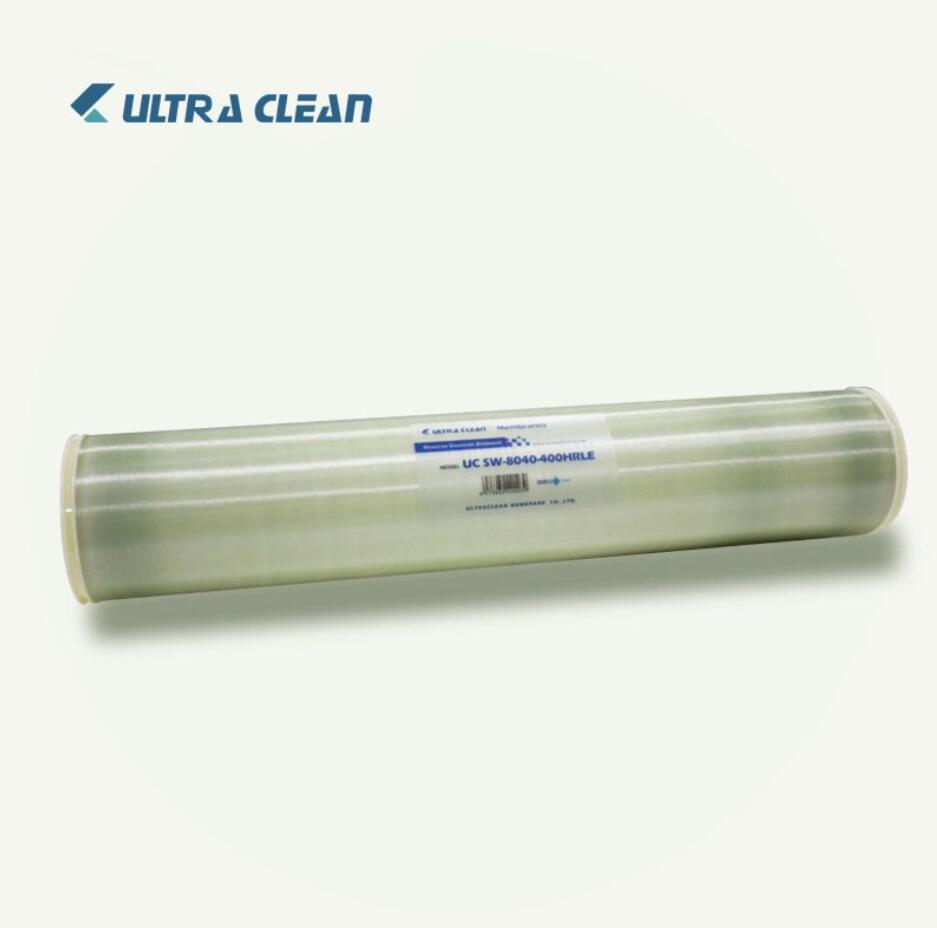
3. Features of reverse osmosis desalination technology
In the reverse osmosis seawater desalination device, about 20% of the feed water passing through the reverse osmosis (R.O.) element is converted into fresh water. The fresh water generally has a salinity of 0.0003, which meets the drinking water standard (salinity <0.0005). In reverse osmosis desalination plants, the permeate flow through the membrane is a function of the effective pressure, temperature and salinity of the feedwater. The higher the feed water pressure, the greater the osmotic driving force, and the higher the water production rate. On the contrary, the water production rate decreases when the back pressure on the membrane side increases. The feedwater temperature also significantly affects the water production, as the temperature decreases, the water production decreases. During operation, a constant water production rate can be maintained by changing the pressure and the number of membrane elements used to compensate for changes in feedwater temperature. In addition, poor feedwater pretreatment, or system failure and fouling of R.O. membrane elements, can also result in a decrease in freshwater production and quality.
Additional resources:
How Often Should Air Filters Be Changed?
Can rPET be used for food packaging?
Revolutionize Waste: Unveiling Ultimate PET Bottle Recycling
What are the advantages of using a movable dam for my B2B business and how can I order one?
Revolutionary Water Inflated Flood Barriers: Unleashing Protection!
Is rPET the same as recycled polyester?
Discover the Benefits of Inflatable Dams in Argentina
Its advantages are mainly a few minutes of start-up, rapid water production, compact size, light weight, low energy consumption for full-electric operation, stable performance, and no need to use anti-scaling chemicals. Reliability and maintainability are greatly improved due to the modular design and replaceable reverse osmosis membrane elements. In the process of desalination, there is no need for phase change and no hydrothermal fluid, so it will not be polluted by heat sources, and can be directly drunk without mineralization; no vacuum environment is required, which greatly reduces the workload of operators; the main disadvantage is that it is filtered during operation. The replacement frequency of the R.O. membrane element of the device is high, which increases the cost and makes the operation noise larger.
4. Direction of improvement of reverse osmosis desalination performance
At present, reverse osmosis membranes are mainly made of aromatic polyamides. They can block 99.9% of salts while maintaining proper permeation flux. This kind of membrane has such performance because it contains charged electrochemical groups that repel ions. Under high pressure, it can make Neutral water molecules dissolve in the diaphragm of the continuous phase and penetrate to the other side. The disadvantage is that high pressure is required to push water through the membrane, and it is also susceptible to biological fouling. When biological fouling occurs, the organic film covers the active surface of the reverse osmosis membrane and prevents the permeation of water molecules. The simple way to prevent fouling is to add chlorine to disinfect, but chlorine will attack the N-H bonds of the polyamide, creating holes in the reverse osmosis membrane and short-circuiting the brine. Since the performance of aromatic polyamide membranes has been superior to that of past membrane materials, it was only in recent years that researchers began to look for ways to improve their performance.
UT-VT in the United States has developed a chlorine-resistant reverse osmosis membrane in recent years. They use sulfonated polysulfone as the membrane material for reverse osmosis, so that there is no N-H bond that is easily attacked by chlorine. MIT scientists have another idea for membrane improvement. They designed a reverse osmosis membrane based on the structure of a comb. The skeleton of the comb is composed of extremely hydrophobic molecules (such as polyvinyl fluoride); Polyoxyethylene fragment of water. In this way, the flux of water can be very high, and it has the ability to resist fouling and blocking.
In addition to the modification of membrane materials, the combination with thermal desalination technology is also a good idea to improve the separation efficiency. Thermal desalination technology mainly has two aspects: one is to combine the current thermal desalination and reverse osmosis technology to form a mixed process, which can reduce the amount of seawater taken, improve the flexibility of water supply and reduce costs. The second is the application of newly developed thermal desalination technologies, such as dew point evaporation and membrane distillation. The advantage of both thermal desalination technologies is that they can utilize waste heat from a wide range of sources or heat from solar energy.
Summarize
Starting from the reverse osmosis mechanism, this paper introduces the process background from the pretreatment, combines the technical characteristics of the operation, consults the data, analyzes the current situation of the permeable membrane, and thinks about the direction of improving the performance of the permeable membrane. Two ideas of membrane material modification and thermal desalination technology were obtained to reduce energy consumption and improve seawater desalination efficiency. Desalination is the technology and process of obtaining freshwater resources from seawater. Membrane-based reverse osmosis technology, due to its good water quality and improved economy, can ensure stable water supply for coastal residents and crew members. It is currently the most economical and efficient, and there is hope for further optimization. It can reduce the price of reverse osmosis units and improve sustainability, reliability and economy through membrane material modification and combined thermal methods. As a mature and efficient desalination technology, reverse osmosis desalination technology is expected to continue to replace traditional distillation technology and be more widely used.
Uncovering the Mysteries of Yuanlong: Everything You Need to Know
Revolutionize Power Generation with Hydraulic Elevator Dam Technology
What is polyethylene shrink wrap used for?
How is rPET produced?
Top Oil Purifier Filters in Denmark - Reviewed!
Ultimate Guide to Rubber Dam Design in Bolivia: Answers to Your Top Questions
What are the big Ziploc bags called?
Related Articles

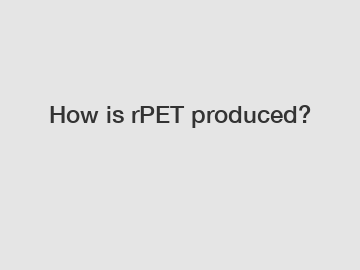
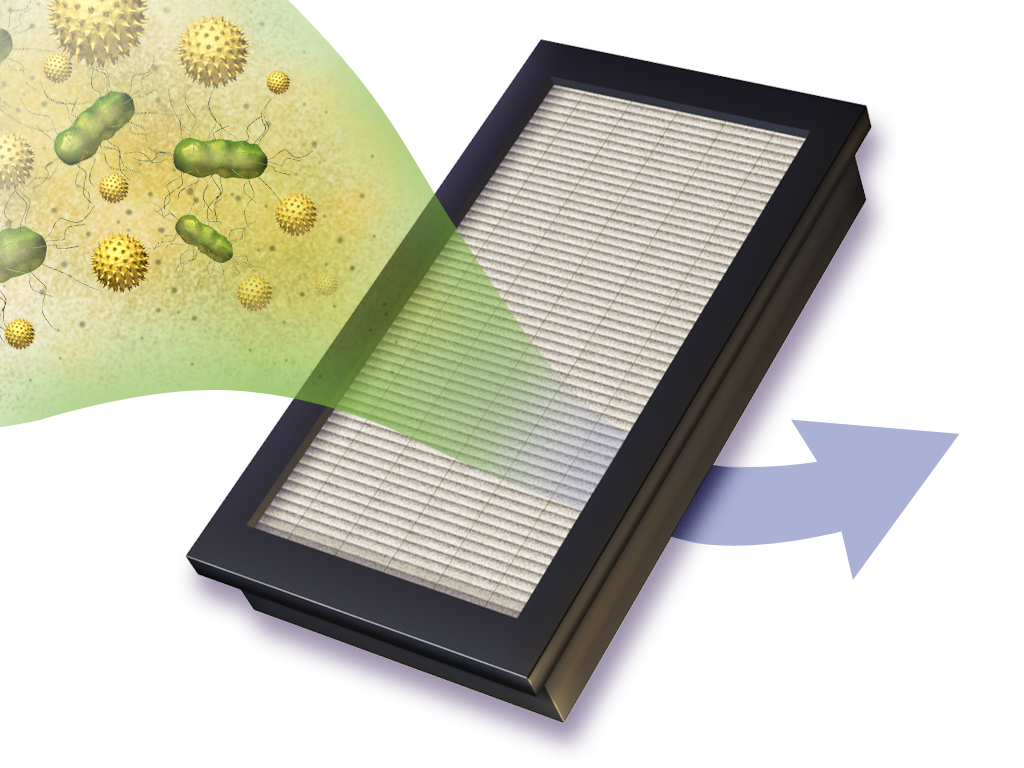


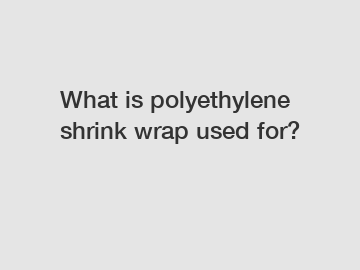


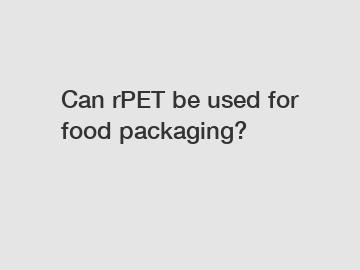
Comments